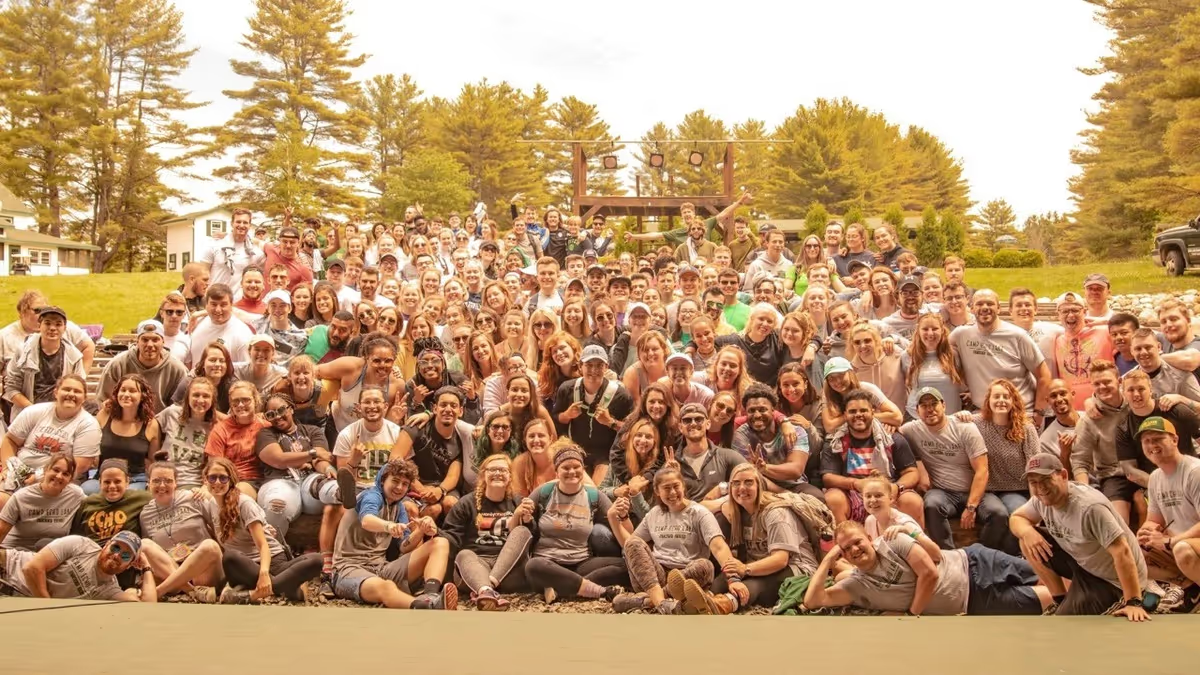Camp Leaders Blog
Summer Camp
Summer camp isn't just another summer job – it's a life-changing adventure. Discover 7 compelling reasons why working at summer camp could be the best decision you ever make.

Travel America
Camp Prep
Summer Camp
Summer Camp
Travel America
Travel America
Travel America
Travel America
Camp Prep
Camp Prep
Summer Camp
Travel America
Summer Camp
After camp
After camp


































.avif)







.avif)

.avif)
















